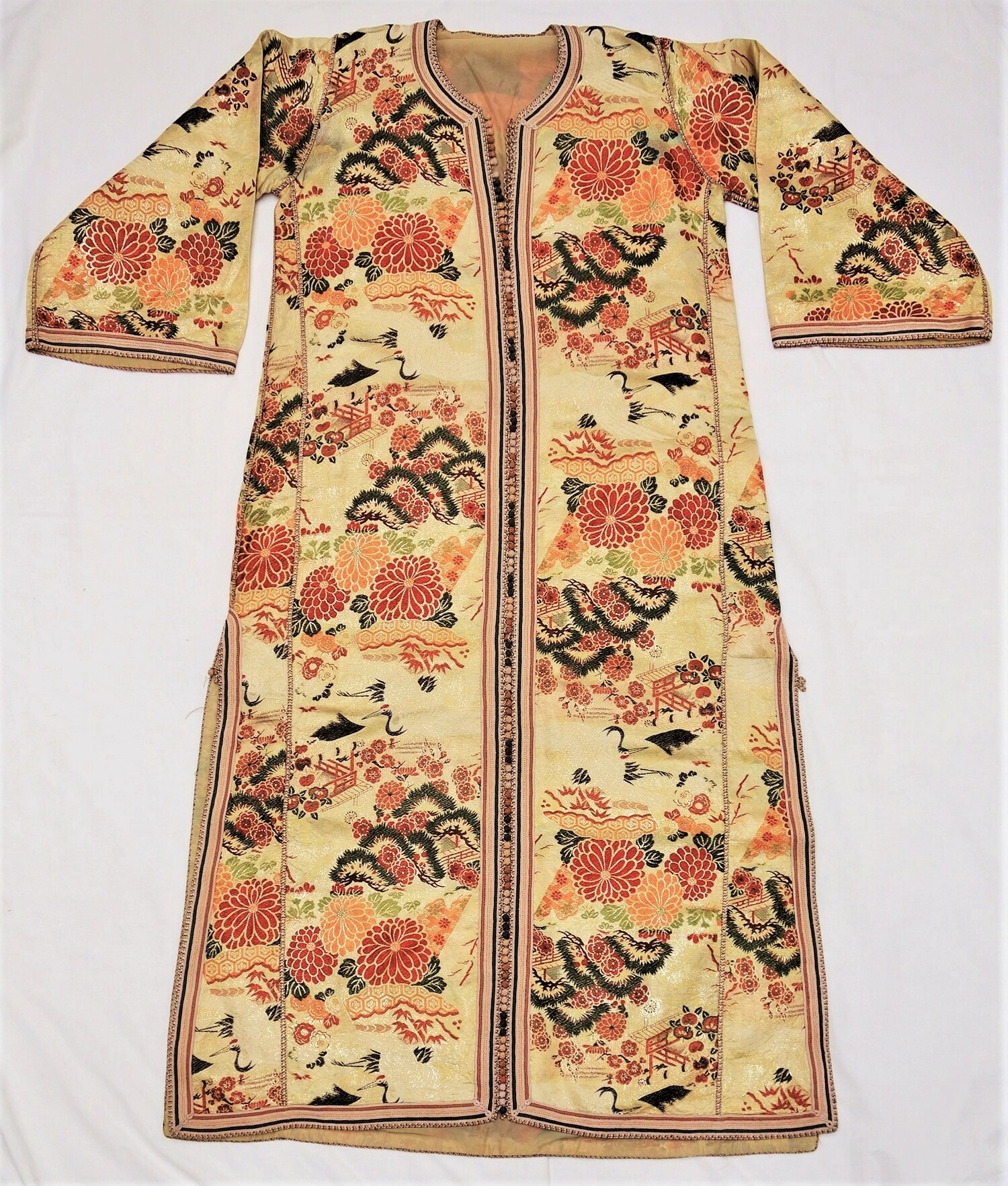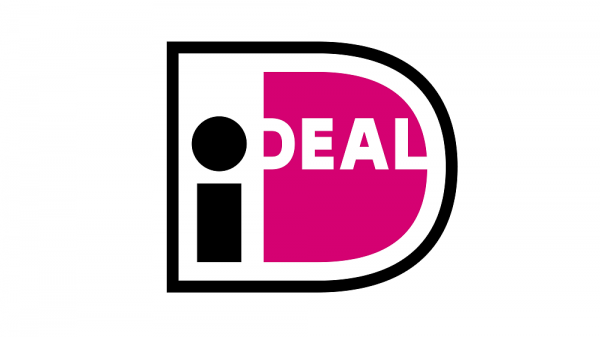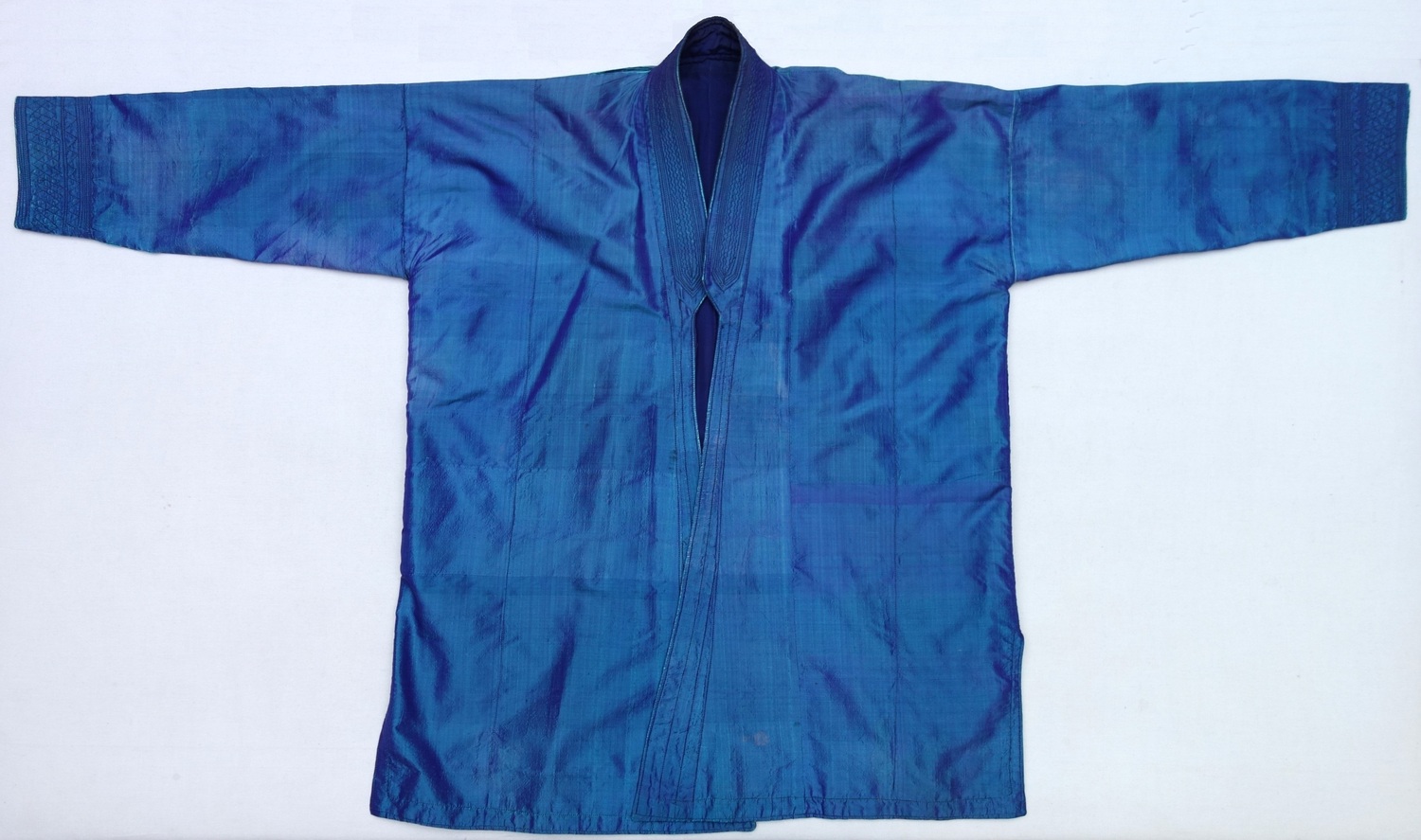
The three A’s (adopt, adapt, acknowledge) are an important aspect of the TRC, namely how people see, adopt and adapt clothing forms, techniques, patterns and so on, from other cultures and societies.
I have written on this subject before in a separate blog.
Adopting and adapting textile and garment aspects is a process that has been going on for thousands of years throughout the world, going north, south, east and west!
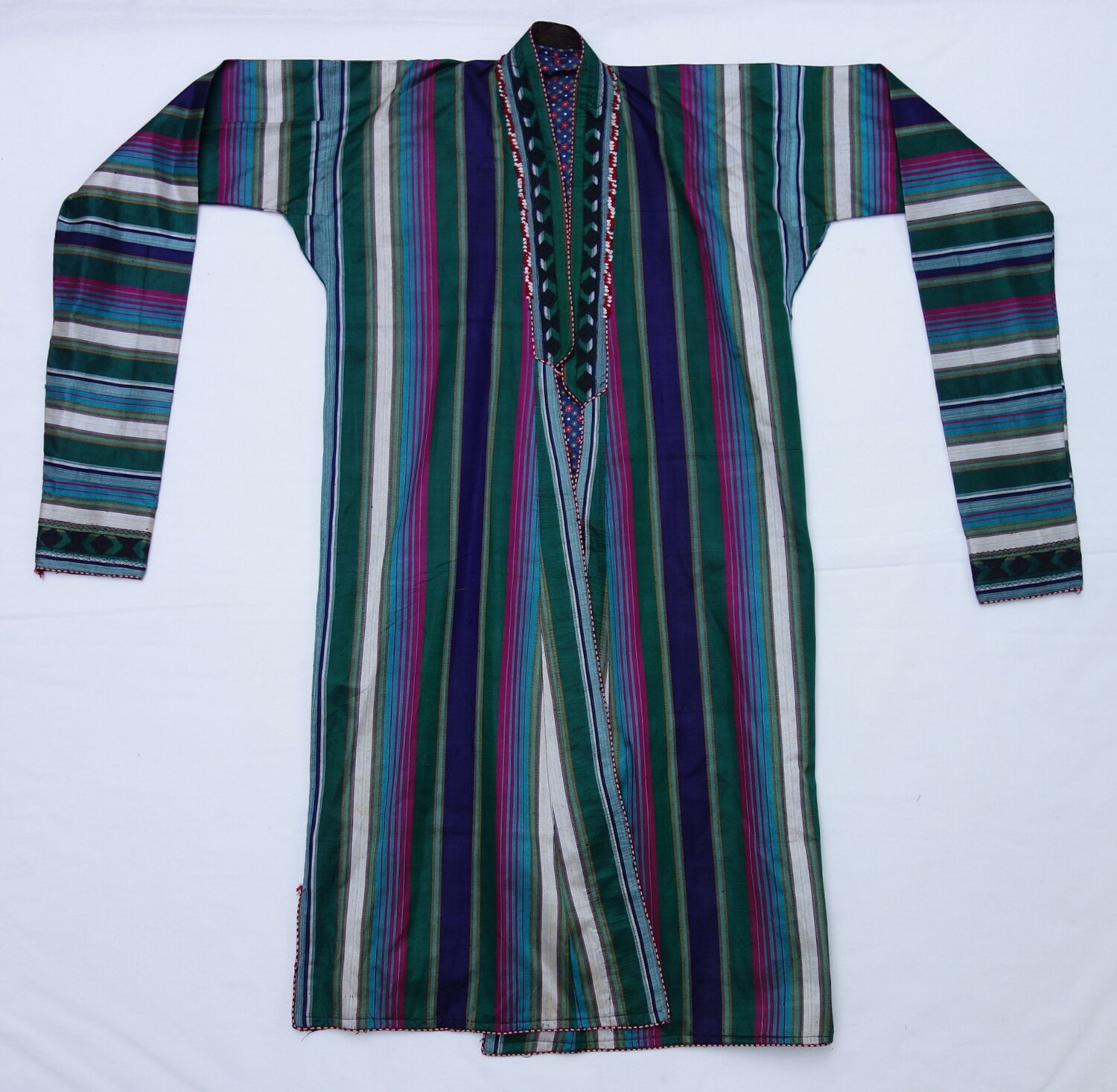
The concept of the three A’s is a much more realistic (and natural) form of looking at the movement of objects, patterns and forms than is advocated by some who prefer to fence in all sorts of specific cultural characteristics.
They tend to regard any adoption and adaptation, especially by the Western world, with suspicion and even as a form of cultural appropriation or cultural heresy.
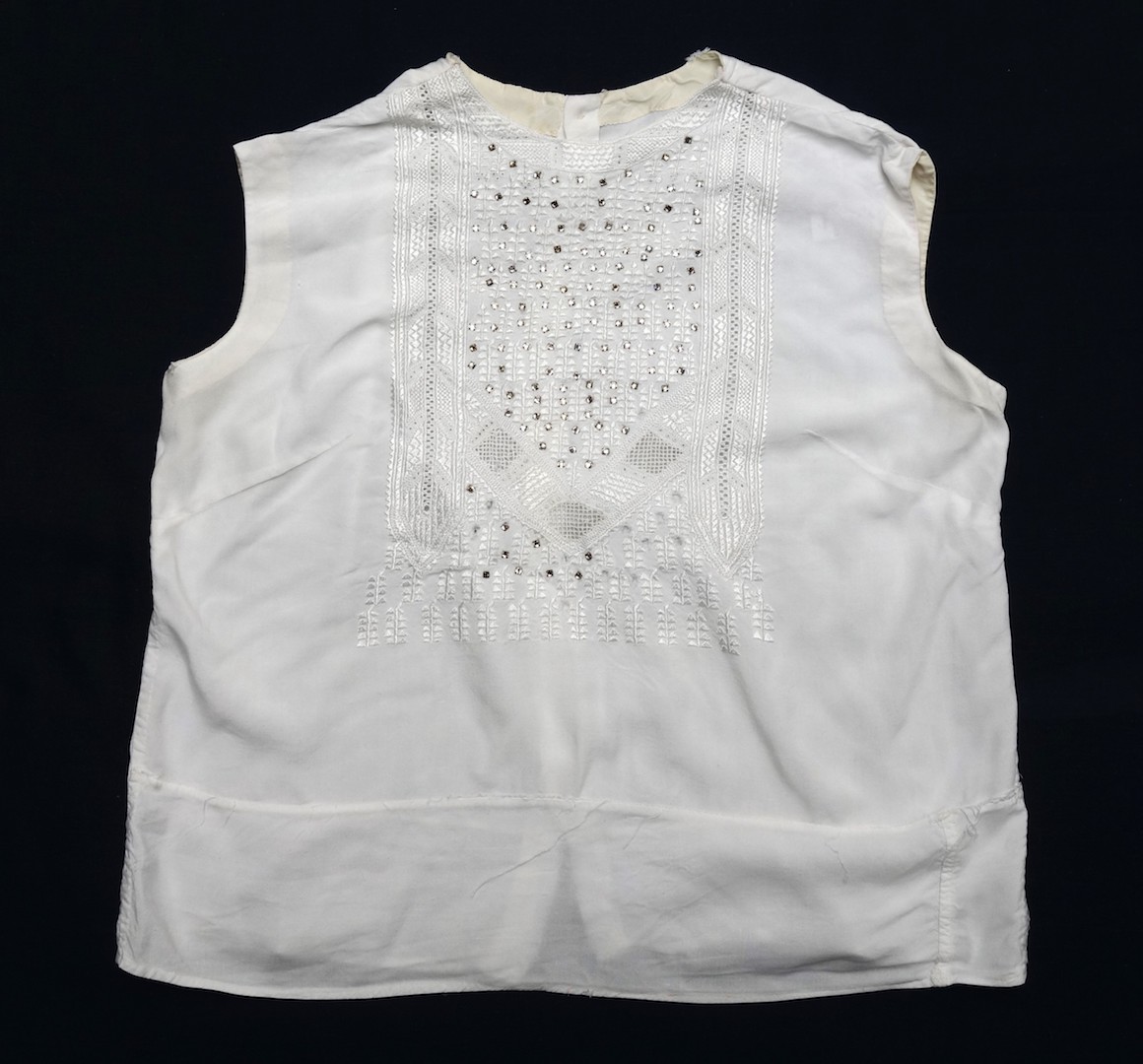
May and Rolando Schinasi, who donated the textiles, lived in the Afghan capital Kabul in the 1960s and 1970s. Some of the garments, for example, were sewn in Kabul especially for May Schinasi.
There is a short-sleeved bodice made from a blue/green shot material (TRC 2024.0246).
The style of the collar, which is low and long and comes down the front of the garment in the form of a lapel, makes it very clear that it was based on a style of coat (chapan) traditionally worn in the north of the country (TRC 2020.0218), and made well-known many years later by the former Afghan president, Hamid Karzai.
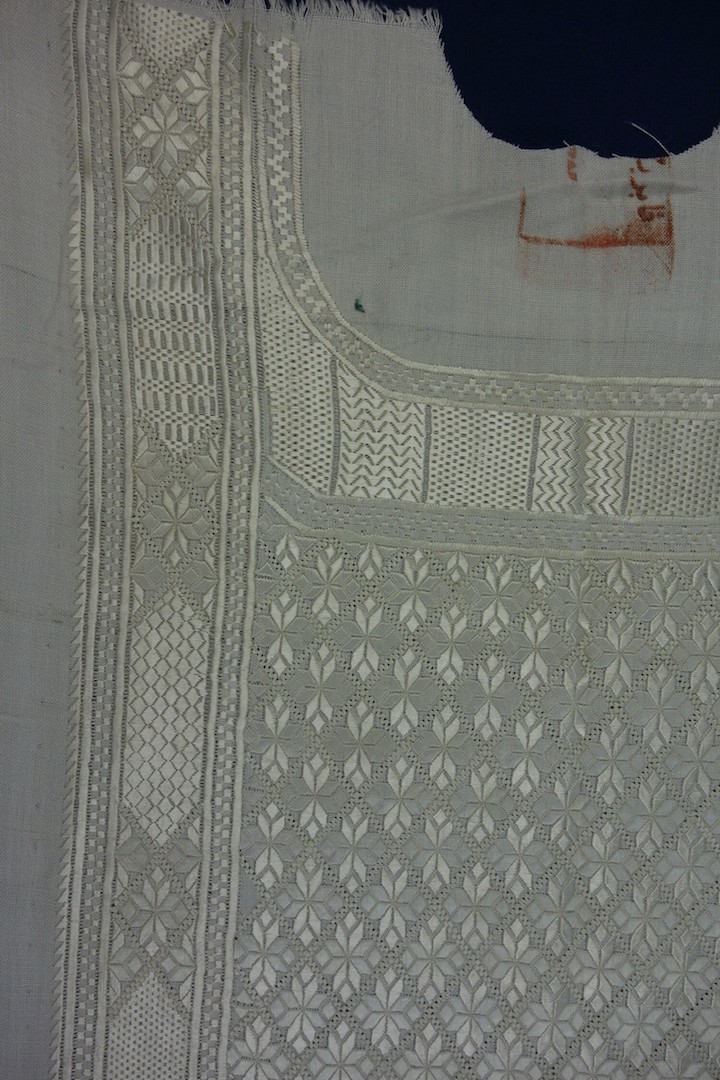
Another group of garments made for May Schinasi that reflect adaptations are some blouses (TRC 2024.0221-0226) that are decorated in the front with typical embroidery used for men’s tunics especially from Kandahar (the so-called khamak whitework; compare TRC 2016.1788).
Two of the blouses were fastened down the back (which is not typical for Afghan men’s wear), while two are fastened on the shoulders with buttons, which is known from local, men’s tunics.
The sleeves on May’s blouses include very short, mid-length and long forms, again a variety that is not typical for either traditional Afghan men or women’s garments, but is well-known for Western women’s blouses and dresses.
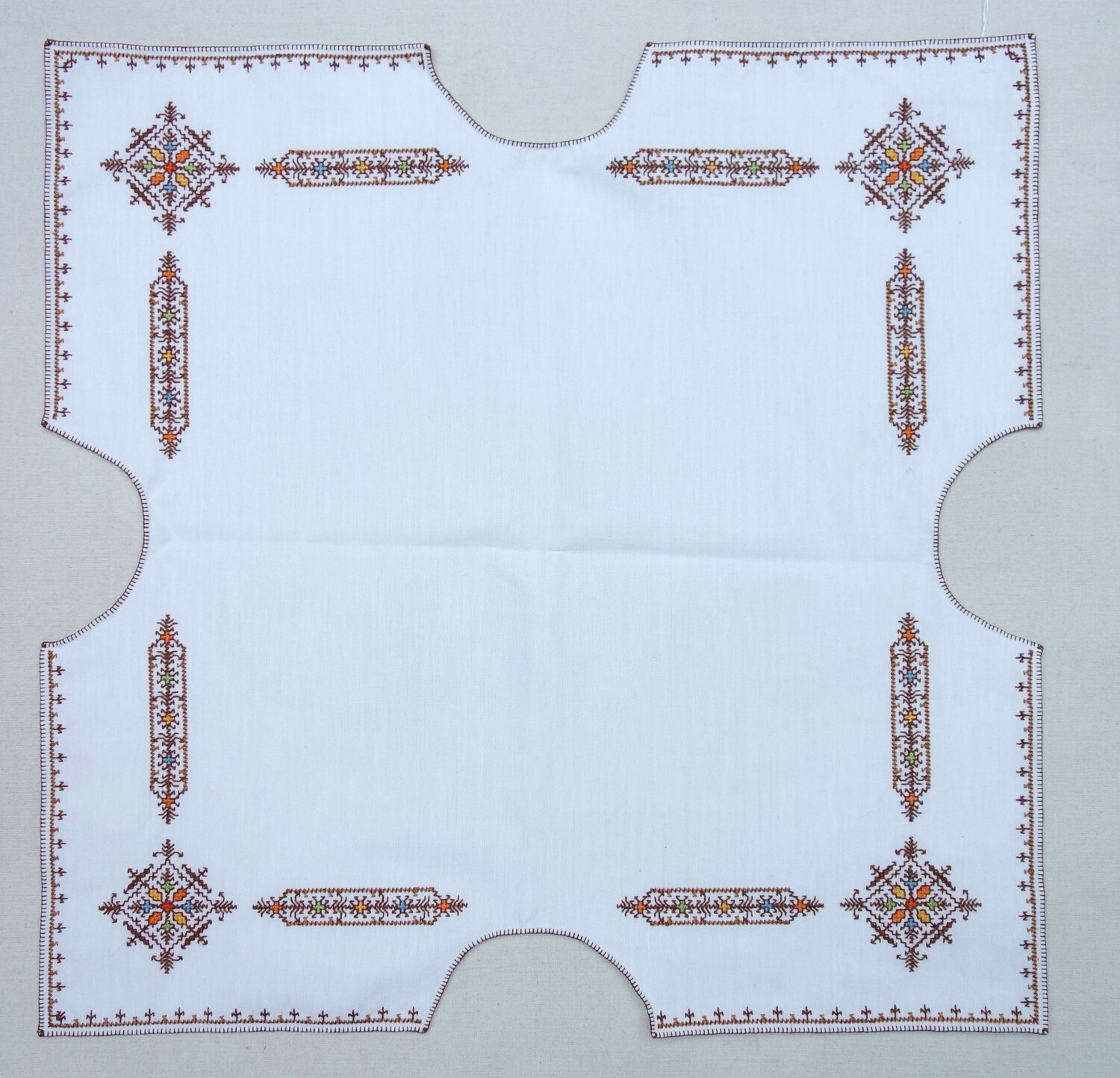
But one example is different (TRC 2024.0233). It has the same shape and embroidery lay-out as the others, but the style of embroidery is not Afghan, and it was worked in a double running stitch (Holbein stitch), in mainly dark red, with details in yellow, orange, blue and green.
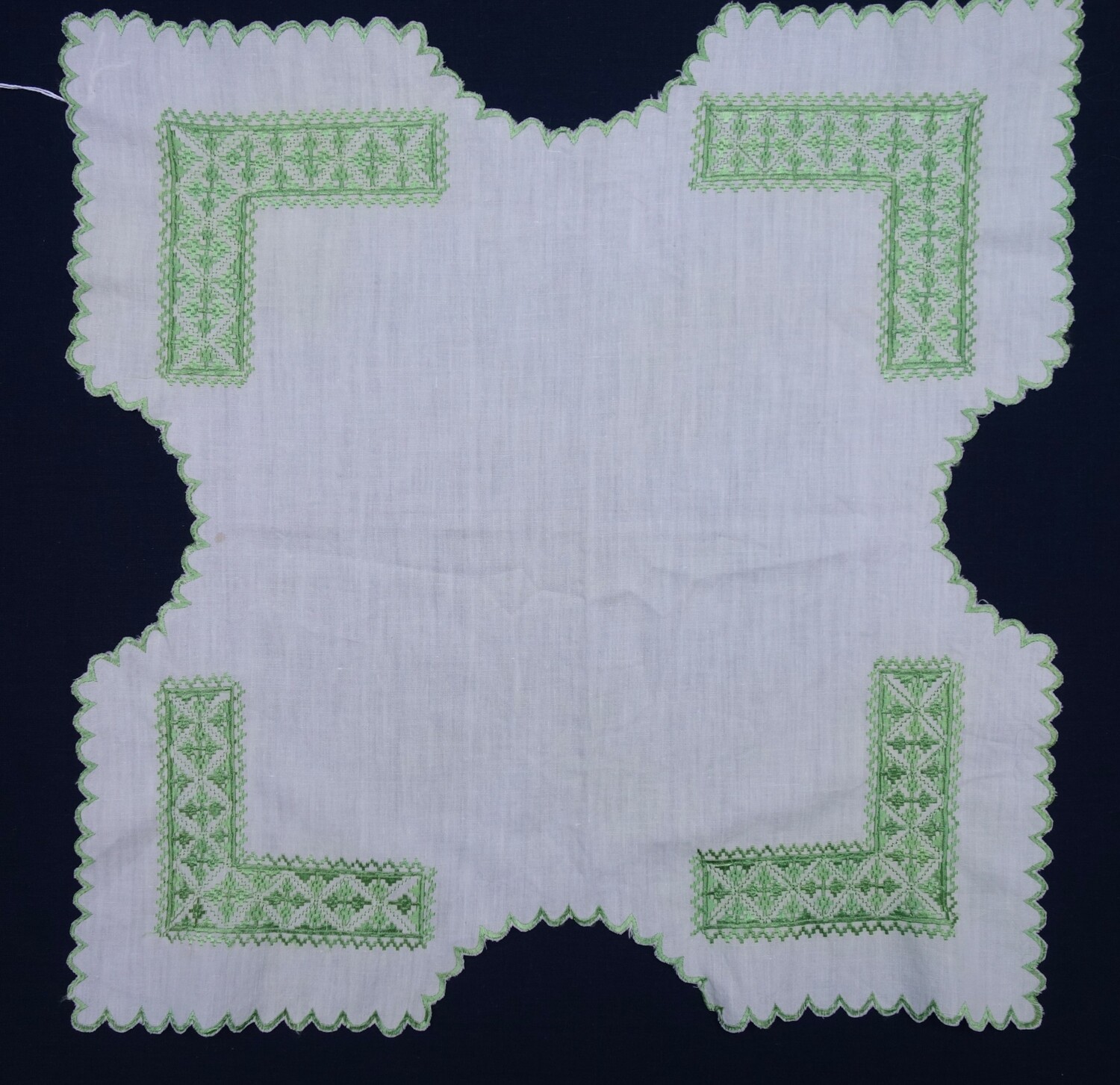
It turns out that the cut and form of this type of wrapper was introduced in Morocco by a friend of May Schinasi who lived in Morocco for many years, and who had received from May an example of an Afghan wrapper. Adoption and adaptation...
I cannot stop here without referring to another piece of textile from Morocco, namely a kaftan now in the TRC collection (TRC 2001.0074), which was made from a Japanese obi. The obi dates from the 1950s, and the kaftan was bought in Morocco in the late 20th century!
All of this opens up some very interesting lines of thought and reflections on the movement of ideas and material culture!
